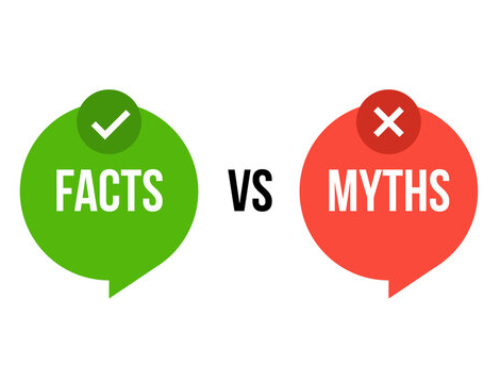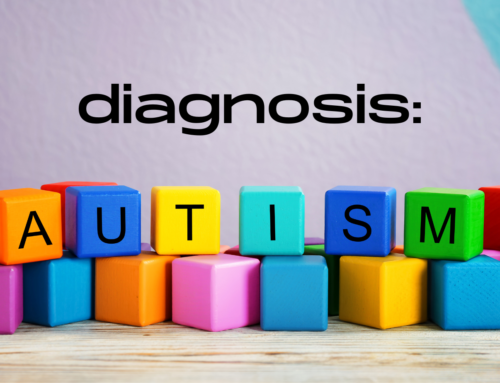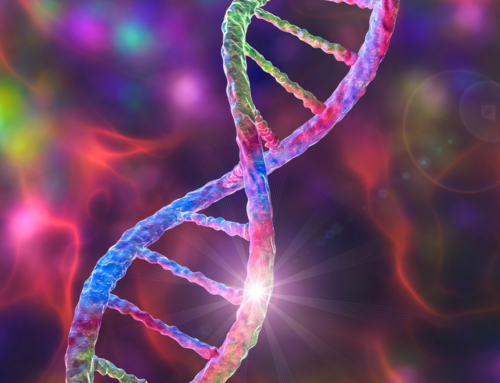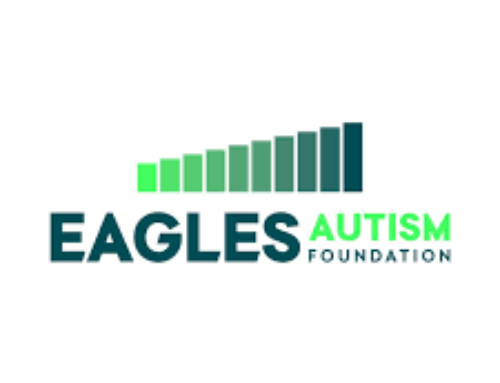may behave very differently. The reason for such variation is not because autism is irregular or unpredictable, but because there is more than one type of autism. The three main categories are Asperger’s, PDD-NOS or pervasive developmental delay, and what we tend to think of as “classic autism.” Asperger syndrome is often thought to be the most high-functioning—individuals with Asperger’s tend to have difficulty with social interactions and recognizing social cues, but do not necessarily have trouble clothing themselves or speaking. PDD-NOS tends to have the broadest diagnosis, since it is classified only as a developmental delay. Individuals diagnosed with PDD-NOS tend to exhibit some but not all of autism’s symptoms, and are primarily categorized by a personality disorder or a developmental delay. Classic autism is the most commonly diagnosed form of autism, and often results in the individual being non-verbal or only partially verbal. Individuals with a classic form of autism often have difficultly performing basic tasks, such as eating or getting dressed, and may require assistance. While there are other types of autism and similar conditions, these tend to be rarer and diagnosed less frequently than the three main forms of autism,






